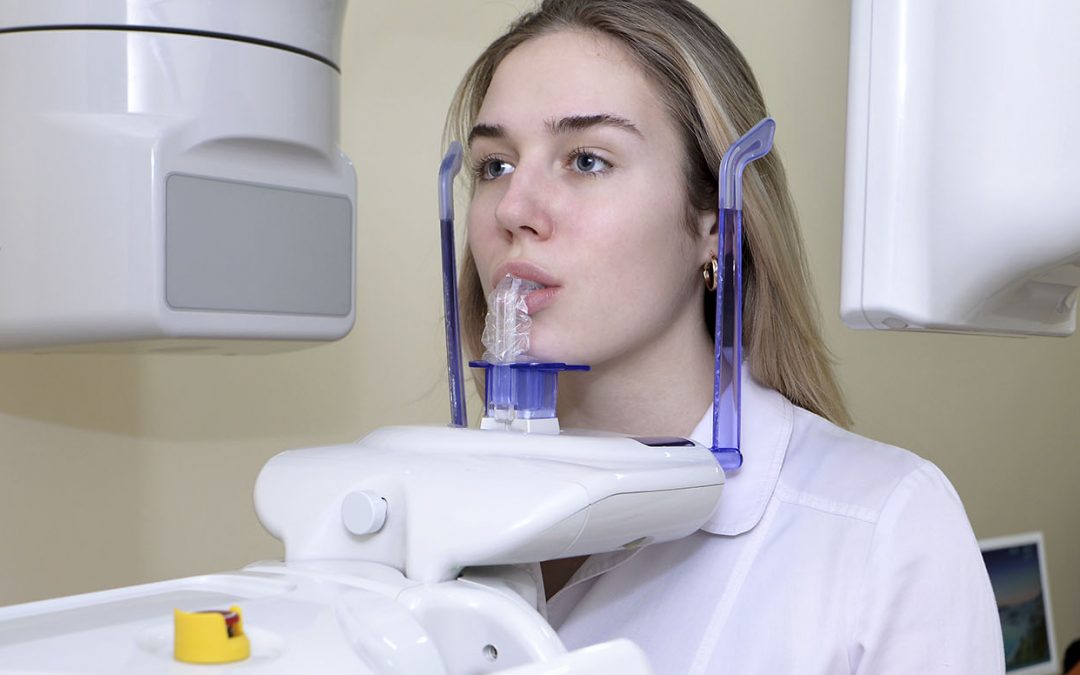ISO 22674 Dental Alloy Hardness Testing
The International Organization for Standardization (ISO) has established ISO 22674 as a standard method to determine the hardness of dental alloys used in prosthetic devices. This testing ensures that materials meet specific mechanical properties required for safe and effective use within oral environments.
Dental alloy hardness is critical because it affects various aspects including wear resistance, biocompatibility, and overall performance. Hardness tests help manufacturers ensure their products comply with regulatory requirements set forth by standards like ISO 22674-1:2013, which specifies the terminology for dental materials.
The process involves subjecting a sample of the dental alloy to an indentation test using a defined indenter under controlled conditions. The resulting hardness value is determined based on the depth or area of the indentation compared against established scales provided by ISO standards.
For accurate testing, specimens must be prepared according to strict guidelines outlined in ISO 22674. This includes considerations such as size, shape, and surface finish which can significantly impact test results if not followed correctly.
The hardness obtained through this method provides critical information regarding the quality of raw materials used in dental prosthetics manufacturing processes. It helps identify potential issues early on so that necessary adjustments can be made before proceeding further into production stages.
Scope and Methodology
| Aspect | Description |
|---|---|
| Type of Testing | Involves measuring the resistance to indentation using a defined indenter. |
| Standard Used | ISO 22674-1:2013 - Terminology for Dental Materials. |
| Test Specimens | Prepared according to ISO guidelines, typically small cylindrical samples. |
| Indenter Material | Hardened steel or diamond depending on the alloy type being tested. |
| Load Applied | Controlled within specified ranges based on alloy composition and anticipated use. |
| Indentation Depth | Metrically measured to calculate hardness values. |
| Repeatability | Multiple tests conducted under identical conditions for consistency checks. |
The testing process adheres strictly to ISO 22674 requirements ensuring accurate and reliable results. Each step from specimen preparation to final hardness measurement is documented meticulously, providing a clear record of all parameters involved in the test.
Industry Applications
- Dental Laboratories: Ensuring compliance with international standards for material quality.
- Manufacturers: Quality control during production to maintain consistent hardness across batches.
- R&D Departments: Investigating new alloy compositions and their mechanical properties.
This test plays a pivotal role in safeguarding patient health by guaranteeing that dental prosthetics meet stringent safety standards. By adhering to ISO 22674, labs and manufacturers can demonstrate their commitment to producing high-quality products designed for longevity and reliability.
Use Cases and Application Examples
- Titanium Alloys: Commonly used in dental implants. ISO 22674 ensures they are sufficiently hard yet biocompatible.
- Cobalt-Chromium Alloys: Widely employed for crowns and bridges due to their excellent wear resistance.
- Nickel-Titanium Alloy Wires: Used in orthodontic appliances where flexibility and strength are crucial.
In addition, this testing is essential when developing new dental alloys or modifying existing ones. It allows researchers to fine-tune their formulations until they achieve optimal hardness levels that balance between being tough enough for durability while remaining safe for long-term use inside the body.





